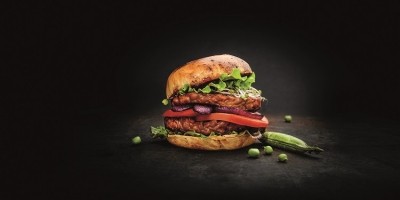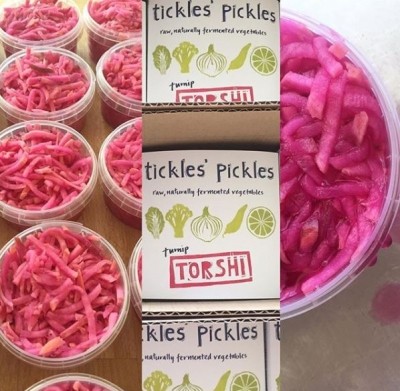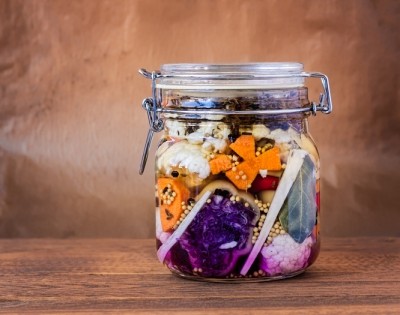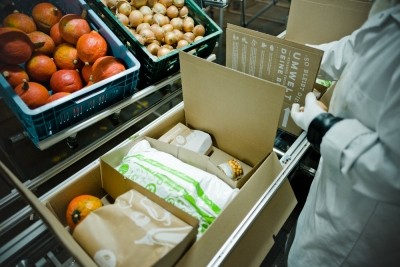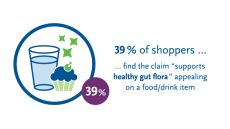From kefir to kvass: What's in store for Europe's fermented food trend?
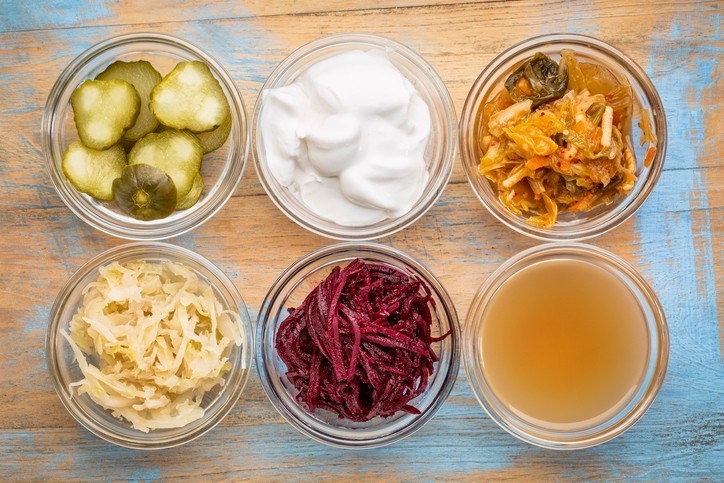
Many of the fermented foods that are currently trending around the world actually originate from Europe – kefir is from the Caucasus, Kvass hails from the Baltic region and beyond while Germany sauerkraut has become the unlikely star of foodie inspiration around the world.
Mintel’s latest data for 2017 shows that France is now leading the way for food and drink launches boasting a fermented claim (a title held by the UK in 2016 and Germany in 2015) while, across all European countries, dairy is by far the category that dominates.
We take a look at some of the latest launches in Europe.
“In the modern anti-bacterial age, fermentation has almost become a lost art,” says Julia Büch, food and drink analyst at Mintel. “The current revival is based on a long-term demand for more natural, ‘living’, and inherently functional food and drinks.”
One company combining do-it-yourself fermentation with reduced sugar and sour flavours is France’s Nature Aliments. It recently launched sachets of freeze-dried kefir starter cultures that contain five different strains of probiotic microflora: Lactobacillus, Lactococcus, Leuconostoc, Saccharomyces, Acetobacter.
“The microflora is in a state of dormancy and is naturally reactivated when fermentation begins with sugar,” co-director Magalie Jost told us.
One sachet can make two litres of finished product and the bacteria can be ‘re-grown’ up to eight times – meaning the microflora multiplies – as long as it is kept clean.
With a simple ingredient list of two items - Fair Trade, organic cane sugar from Paraguay and kefir cultures sourced from Italy – the drink has a neutral flavour base that consumers can adapt to their own taste by adding dried fruit. Nature Aliments recommends adding one or two pieces of dried fruit, such as fig or apricot, as well as lemon and sugar.
Lacto-fermented juices
Beyond kefir and kombucha, lacto-fermented drinks are growing in popularity, especially in Germany where manufacturers Bionade, Fassbrause, DM and Alnatura
dominate.
According to Büch, German scepticism towards fortified foods is high, and many prefer the health-promoting benefits that occur naturally in foods to those that have been added in during processing.
“[This means] naturally lacto-fermented juices are set up for success,” she said.
As for what could come next, Buch says Kvass may be one to watch. A traditional Slavic and Baltic fermented beverage commonly made from sourdough rye bread or beetroot, it has a similar taste to beer. Carlsberg sells a fermented kvass made with barley and rye malt, Kvas Taras Chornyy, in Ukraine and flavoured, modern versions have started to emerge in the US market, meaning its popularity could well expand.
Souring on sweet
In addition to the live cultures, these drinks have another thing in common: they meet a growing demand for less sugary products. The backlash against sugar is driving a change in flavour preferences across Europe with sour, bitter or tangy flavour notes more popular than ever.
Nearly one quarter (24%) of Spanish and 22% of Polish consumers said they were looking for more sour or bitter flavours in drinks, according to 2015 Mintel data, followed by 19% of Germans, 15% of Italians and 8% of French.
Traditional tempeh
On the food side, European manufacturers are taking inspiration from Asia, continuing to launch Korean kimchi or pickled condiments. German brand Arche Naturküche makes its version of umeboshi - fermented Japanese apricots.
Meanwhile, tempeh is a traditional fermented soy product originating from Indonesia which has a mild, sour flavour and requires less processing.
Czech brand Veganz sells a tempeh coconut curry while French manufacturer Sojami has a range of garlic- or peppercorn-flavoured lacto-fermented tempeh-like soy that is eaten like a spreadable, vegan cheese. It even has a patent on the process. "Soy is good, but lacto-fermented soy is better," its founder and CEO told us at SIAL last year.
Europe, the sleeping giant?
Despite these innovations, some believe European food manufacturers are simply not responding fast enough to consumer demand.
According to Julian Mellentin from food consultancy New Nutrition Business, there is a clear schism between slow-moving mainland Europe and the reactive Asian and English-speaking markets.
“Consumers in Europe are very interested in this area of fermentation but industry has not woken up to it yet,” he told our sister site NutraIngredients, calling Continental manufacturers and retailers “too conservative and risk averse”.



